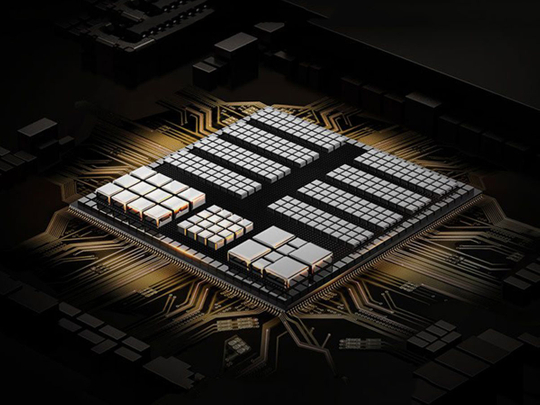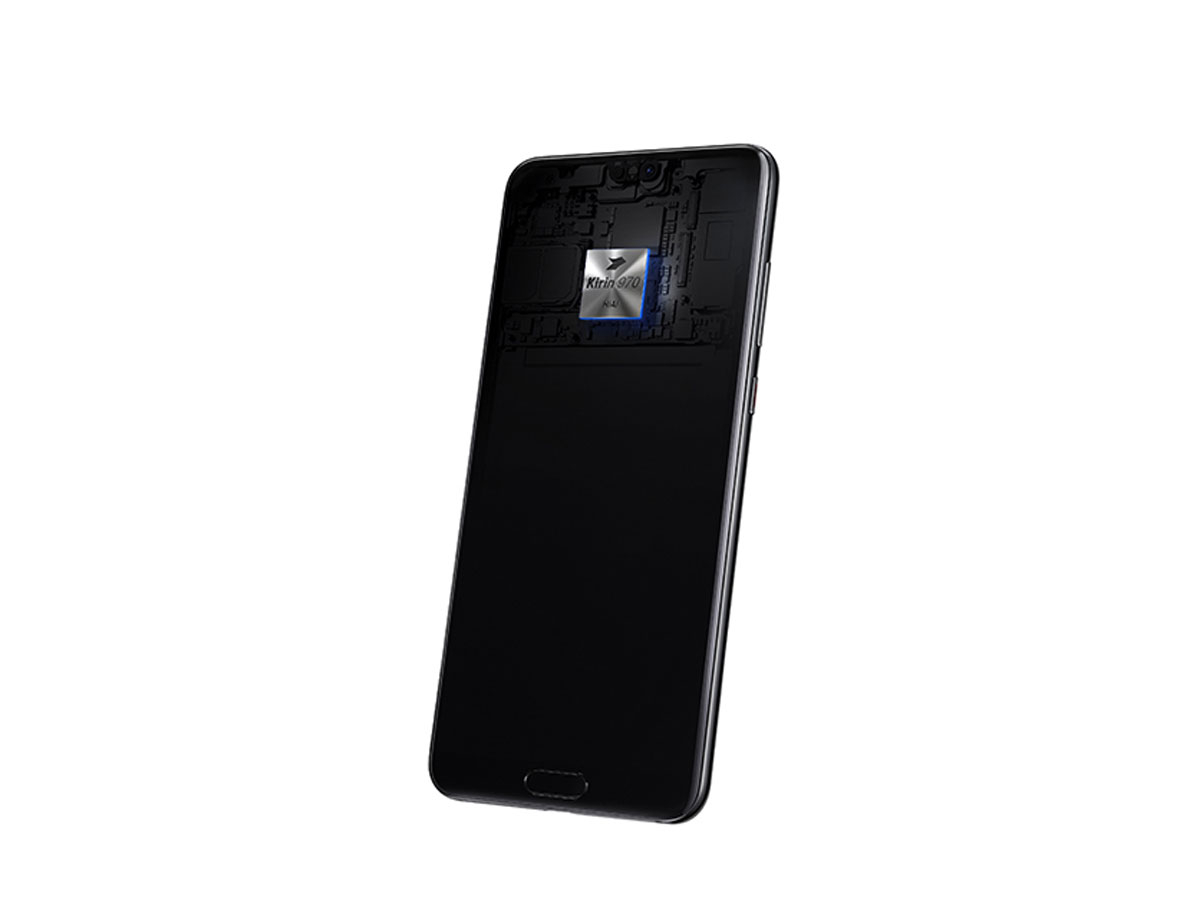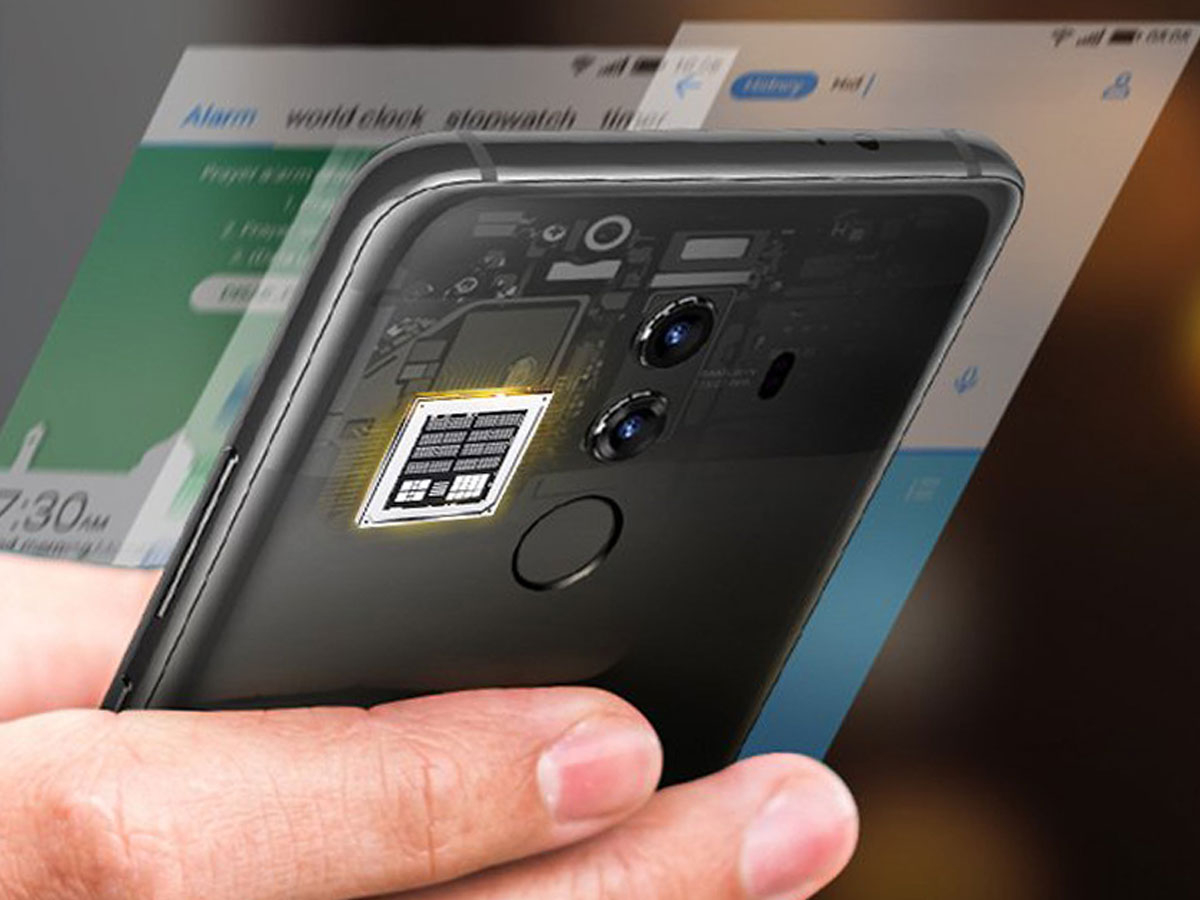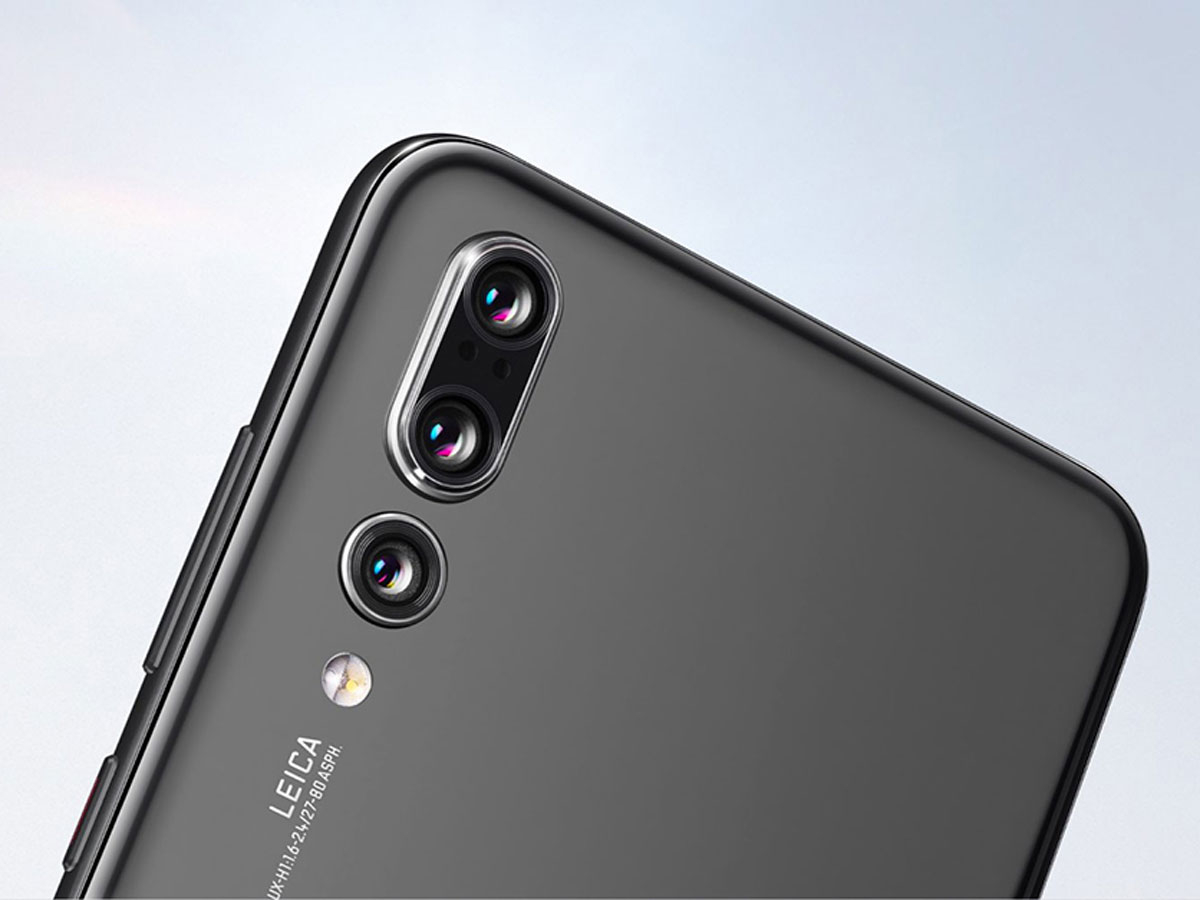
Huawei’s AI enabled devices lead the way forward in the smartphone industry
It is no surprise that according to Gartner’s latest Hype Cycle for Emerging Technologies research, artificial intelligence is one of the prevailing mega-trends in the technology industry. Today, with practically every top technology company around the world involved in AI in some form, AI has penetrated into every facet of the consumers’ lives—but to see and understand what Huawei CBG has done in this area is enlightening and futuristic.
What does AI mean for Huawei? And why is it an important feature in its devices?
Constant innovation is only possible when you keep a tab on the pulse of your consumer and the market. We do this by investing heavily in R&D. In 2017, about 80,000 staff worked in R&D, accounting for 45% of total company staff. Hence, we continue to lead the AI agenda in the smartphone industry globally.
AI has come to become an important feature for our devices because it enables the phone to function efficiently and intelligently while offering the best possible user experience for our consumers. With AI on-device, the consumer has everything he needs to help optimise its interaction and phone experience, without the hassle of downloading and engaging with multiple applications.
Huawei’s goal is to continually and consistently create AI powered devices that brings ease and efficiency into consumers daily lives.

What is Huawei’s overarching strategy for AI?
Huawei is committed to leading the AI agenda in the smartphone industry. Our focus lately has been on developing cloud (server-side) and on-device (client-side) AI. To Huawei, the end-game for AI will have a space for both cloud and on-device AI, and the two will complement each other to offer maximum efficiency and ease to consumers.
Huawei’s current focus on on-device AI comes from an increased awareness of consumer privacy. Take the smart gallery, for instance. Huawei’s latest implementation of image recognition relies solely on the local NPU. By doing away with the cloud requirement, the new smart gallery not only performs vastly better, but this also addresses privacy concerns that users might have shared in the past.

How has Huawei been spearheading the development of on-device AI?
Huawei is a leader in development of AI in smartphones. We had foreseen the boom of AI and designed the world’s first SoC with a discrete neural processing unit (NPU), the Kirin 970, at a time when competitors were still looking for ways to leverage the combination of CPU, GPU and DSP to accelerate AI processes.
In simple terms, while other smartphone brands were trying combine existing technology to make their smartphones smarter, Huawei CBG was using breakthrough technology to make its phones intelligent by enabling it with on-device AI chipset and functionality, offering a spectacular and efficient experience for its users.
In fact, shortly after the announcement of the SoC at IFA 2017, Huawei CBG launched the Mate 10 Series, allowing consumers to experience for themselves the power of AI followed by a more enhanced device, the Huawei P20 Pro.
Equipped with the NPU, the powerful Kirin 970, delivers AI performance that surpasses any CPU in AI-related tasks with up to 50 times the efficiency and 25 times the performance. The impressive performance of Kirin 970 exemplifies Huawei’s commitment to on-device AI, and enables users to fully harness the power of Huawei’s cloud platform in everyday activities.
Could you give examples of how Huawei’s AI features are being applied?
Let’s look at Huawei P20 Pro for instance. With an in-built Kirin 970 processor, the Huawei P20 Series is equipped with 40 MP Leica Triple Camera that delivers unparalleled sharpness, color accuracy, focus and contrast with every single shot. It is also enabled with AI beautification solutions and scene recognition that captures the foreground and background with every detail and without any loss of colour, contrast and clarity. The device offers unmatched low light photography experience, with 5x times zoom in comparison to any other smartphone in this category and captures more than what a naked eye can see.
Achieving DxOMark’s highest overall scores, the Huawei P20 Series includes advanced, intelligent camera systems to enhance users’ smartphone photography experience.

How does Huawei envision the future of AI?
At the moment, cloud computing is primarily supported by AI and smartphones are in their evolution phase with on-device AI, with Huawei being a leader in use of AI across all its devices, it sees a future, where both on-device AI and cloud AI will continue to converge and complement each other. This in simple terms means that a device will be intelligent both on cloud level and its own handset level, not just being ‘smart’ but working intelligently.
How is Huawei supporting developers who are keen to develop on its platform?
Huawei is actively nurturing an open ecosystem where Huawei and developers can easily collaborate and work together towards a more vibrant app ecosystem. In order to enable developer to better tap into the AI capability of its chipset, Huawei has opened its HiAI mobile computing platform to developers. There, developers will find more than 20 APIs that let them easily integrate AI functions into their apps for Huawei devices.
As Huawei continues to focus on on-device AI, developers can look forward to devices that support more AI functionalities in the future, and enjoy the peace of mind knowing that their work will be adopted by more and more users as time goes on.




